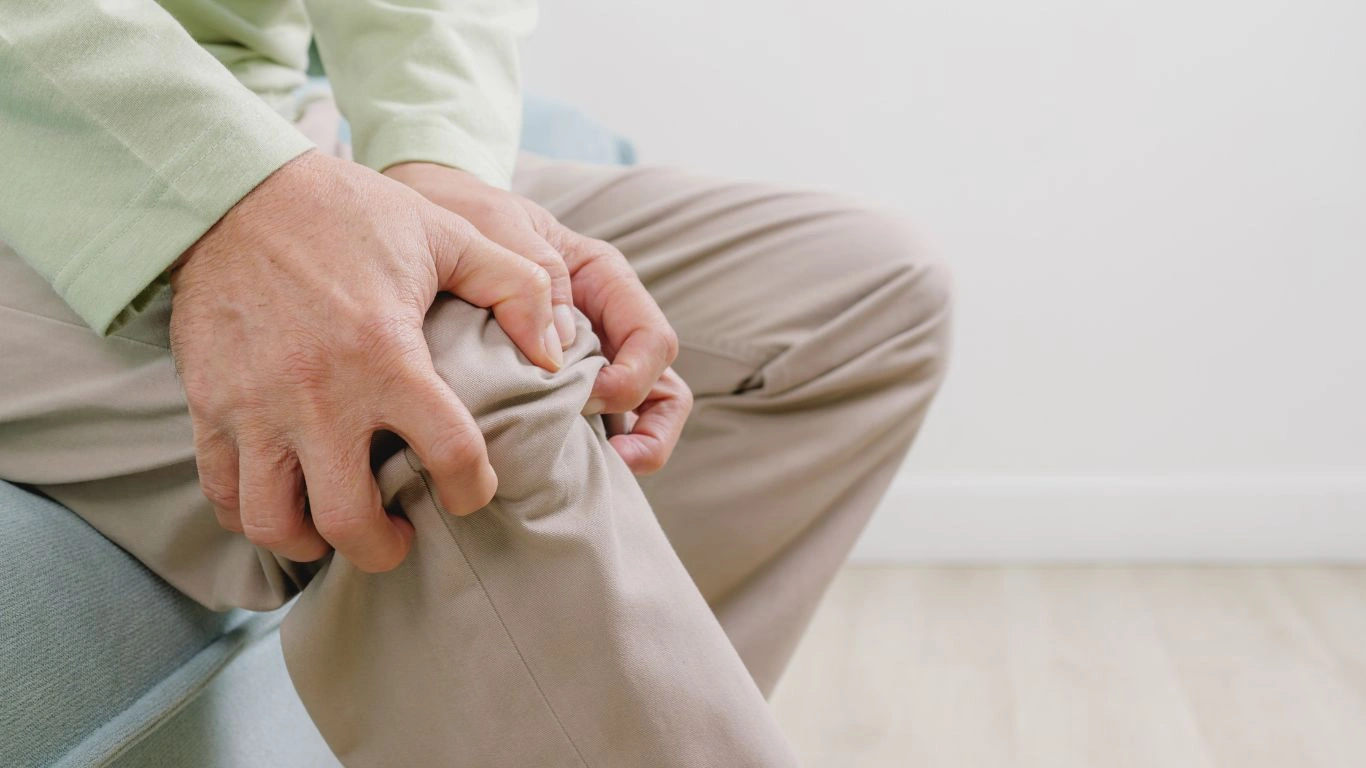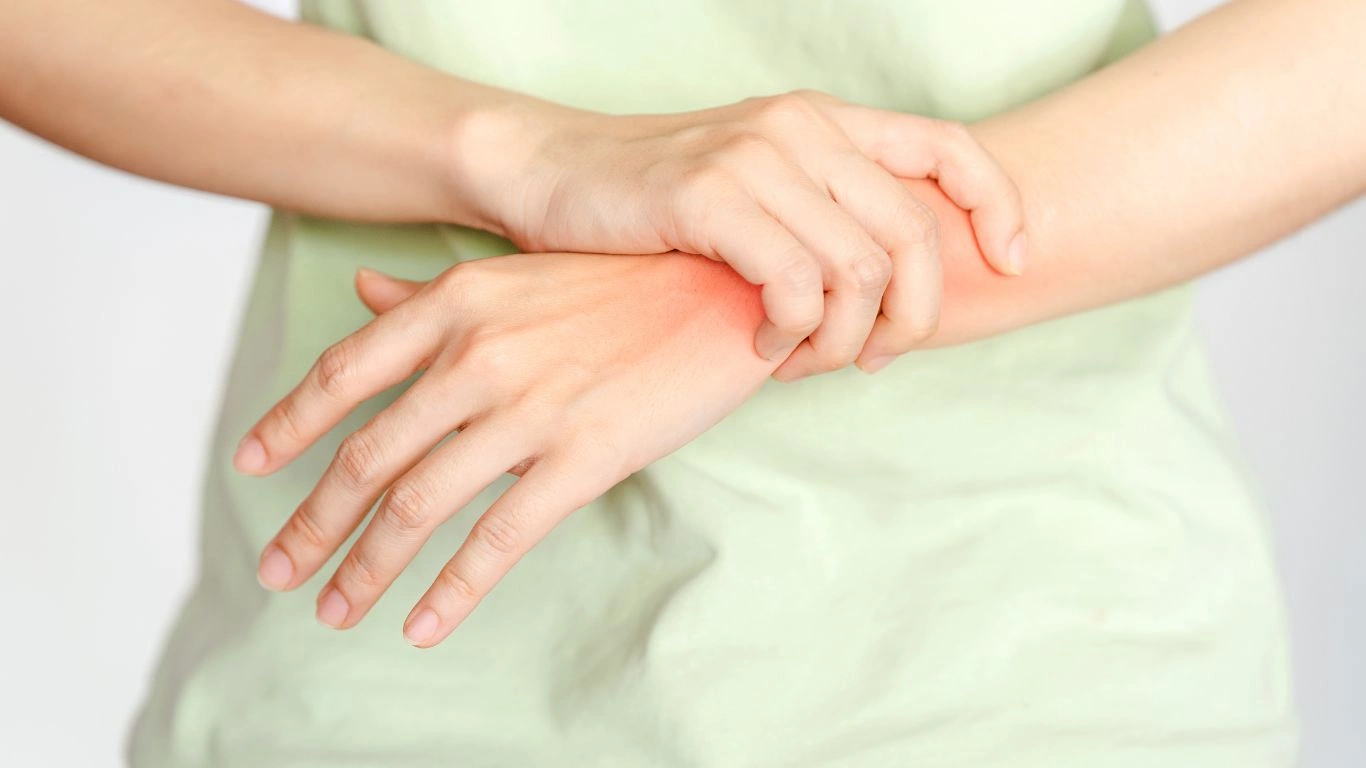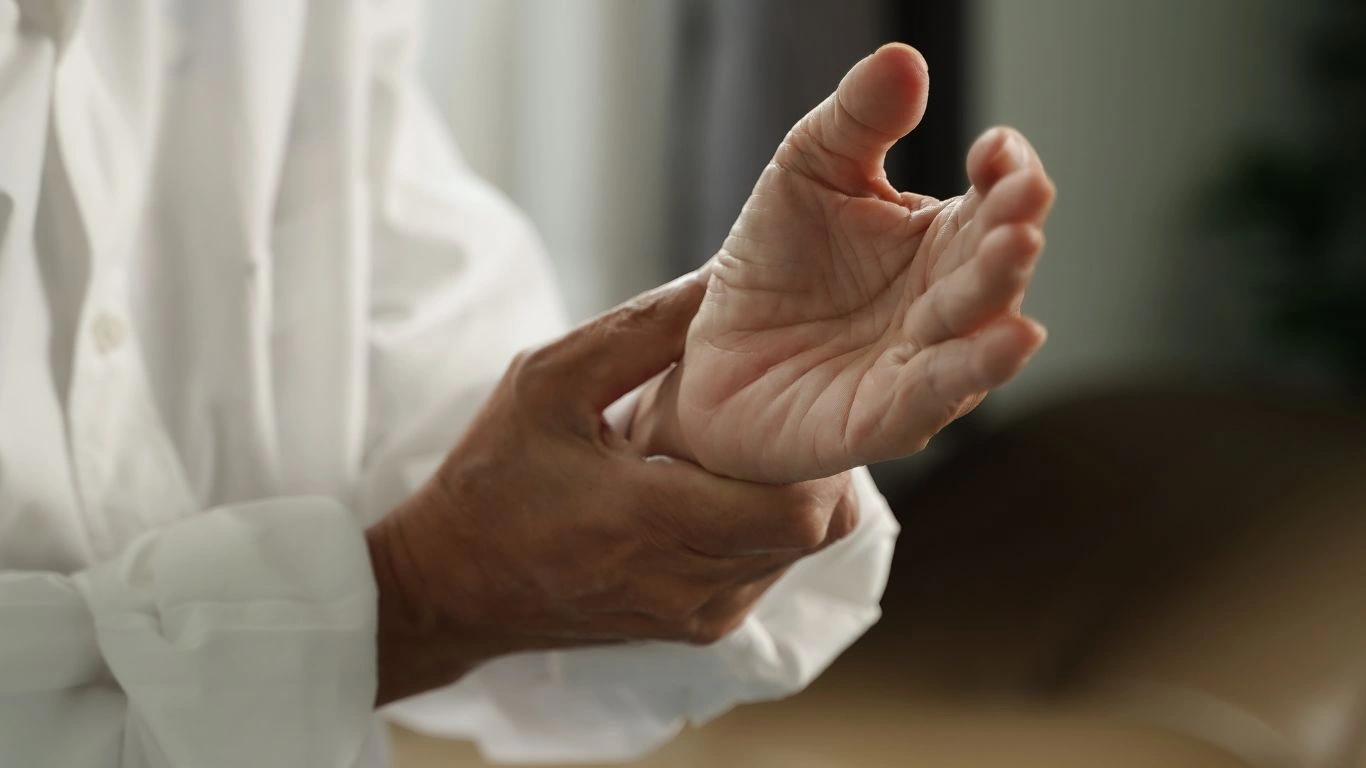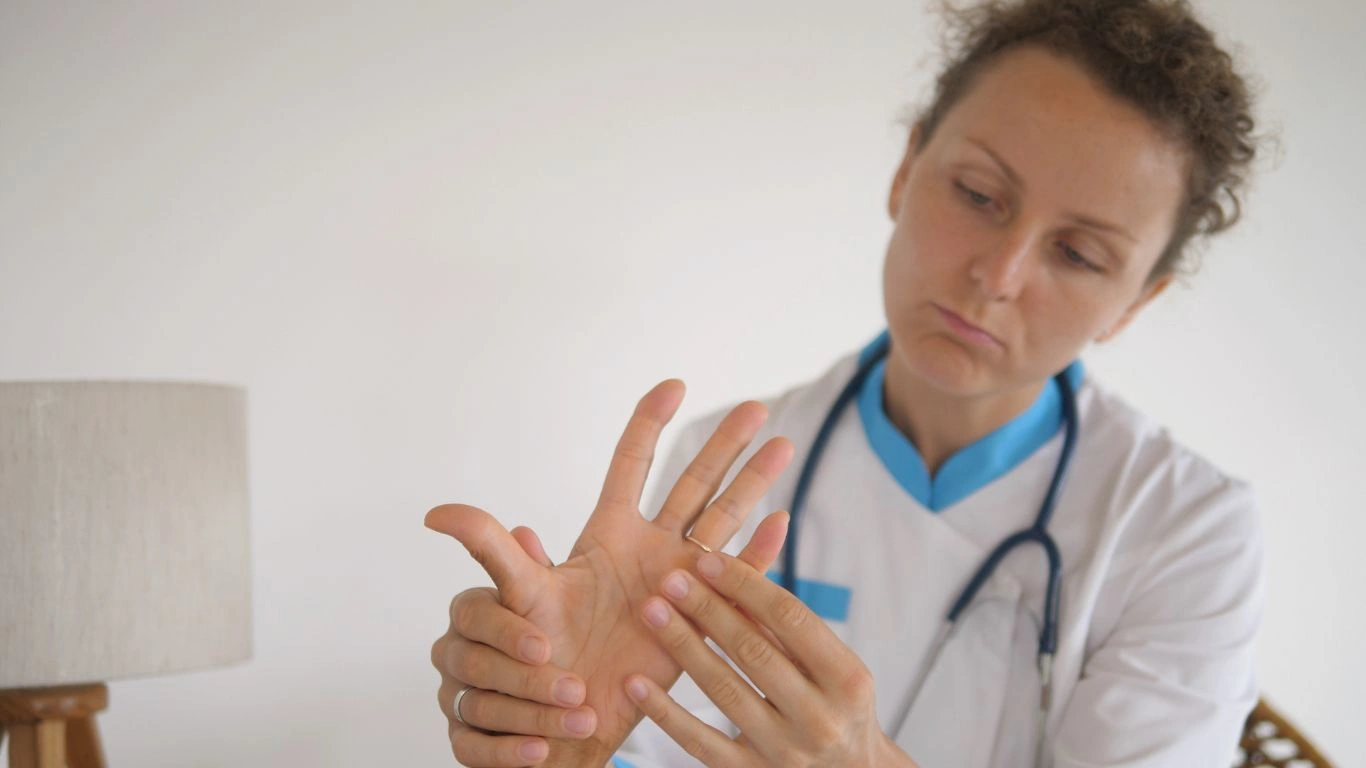Powerful Guide to Rheumatoid Arthritis and Foot Health Pain Relief
Rheumatoid arthritis and the impact on foot health is something I talk about with my patients almost every day. And let me tell you, foot pain isn’t just a footnote (pun intended) when it comes to RA—it’s often center stage. If you’ve ever dealt with swollen toes, burning arches, or that awful morning stiffness that makes walking to the bathroom feel like a trek across the Sahara, you’re not alone. Over the years, I’ve seen how this autoimmune condition wreaks havoc on joints below the ankles—sometimes even before a formal RA diagnosis is made.
How Rheumatoid Arthritis Affects the Feet

It’s More Than Just “Foot Pain”
When patients first come to me describing their foot symptoms, they often use words like achy, burning, or tingling. Some describe their toes as feeling “stuck” or “locked.” One of my patients even said it felt like she was “walking on marbles.” The thing is, rheumatoid arthritis targets the smaller joints first—and that often means the feet. Each foot has 30 joints, so there’s a lot of real estate for RA to attack.
Early Warning Signs in the Toes
I can’t count how many times someone has come in with chronic forefoot pain, and all along, it was the first sign of rheumatoid arthritis. Toe joints often become red, hot, and tender, making everyday activities like wearing shoes or standing for long periods super uncomfortable. Some patients shrug it off at first, chalking it up to age or activity, but the pattern of inflammation usually gives it away.
Common Foot Changes with RA
There are a few classic foot changes I look for during an exam:
- Hammertoes: Toes curl downward due to joint damage and tendon imbalance.
- Bunions: Not always a shoe problem—RA can push the big toe out of alignment.
- Flatfoot: Arch collapse from chronic inflammation in the midfoot joints.
- Heel pain: Inflammation of the heel pad or plantar fascia due to joint shifts.
It’s like the foot is slowly being remodeled against your will. And the result? Limited mobility, instability, and more stress on other joints like knees and hips—creating a vicious cycle of pain.
Why the Feet Are So Vulnerable in RA

Small Joints, Big Problems
The metatarsophalangeal (MTP) joints—where your toes meet the rest of your foot—are common starting points for joint damage. Because these joints handle your body weight during walking, any inflammation there feels amplified. Think of it like having a paper cut on the bottom of your foot—it may be small, but it impacts every step.
Autoimmune Chaos at the Cellular Level
RA isn’t just “joint wear and tear”—it’s your immune system going rogue and attacking your synovium (the lining of your joints). In the feet, this creates swelling, warmth, and a ton of pressure in small spaces. Over time, the chronic inflammation damages cartilage and bone. In my clinic, I often use ultrasound to show patients this damage in real time—it’s a powerful moment when they actually see what’s going on beneath the surface.
Real-Life Impact: What I See in Practice

Patients Aren’t Just Numbers
One of my longtime patients, a retired nurse named Carol, once told me she missed dancing with her grandkids because of foot pain. She’d been pushing through discomfort for years, thinking it was part of aging. But when we did her foot exam and labs, the diagnosis was clear—RA was the culprit. With the right meds and orthotics, she’s now able to move better and has even taken up water aerobics. Stories like Carol’s are why I do what I do.
The Emotional Toll
Don’t underestimate how foot pain affects mental health. Patients tell me they feel “stuck,” isolated, or even embarrassed about how their feet look. It’s not just about bones and joints—it’s about quality of life. That’s why catching these changes early and addressing them head-on makes a world of difference.
Managing Foot Health When You Have Rheumatoid Arthritis

Early Intervention Makes a Huge Difference
If there’s one thing I’ve learned in my years of working in rheumatology, it’s this—the sooner you address foot symptoms, the better your long-term outcomes. We’re not just talking about comfort here (though that’s a big part of it). We’re talking about slowing or even preventing deformities that can become permanent. When someone comes to me describing toe pain, swelling, or stiffness that just won’t go away, that’s a red flag. It’s not something to “walk off.”
I often tell my patients that their feet are like their body’s foundation. If the foundation shifts, everything above it has to compensate—knees, hips, spine. RA in the feet isn’t just a local issue; it has a ripple effect throughout the body.
Getting the Right Diagnosis
Diagnosing RA-related foot issues isn’t always straightforward. X-rays can show joint erosion, but they don’t always catch early inflammation. I’ve started using musculoskeletal ultrasound more frequently in clinic. It’s non-invasive and incredibly helpful in spotting subtle changes before permanent joint damage sets in. Sometimes patients feel validated just by seeing the inflammation on the screen. It confirms that what they’re feeling isn’t “in their head.”
Treatment Options That Actually Work

Medications That Help Save Your Steps
Of course, managing rheumatoid arthritis and the impact on foot health starts with controlling the inflammation. Disease-modifying antirheumatic drugs (DMARDs) like methotrexate and biologics can dramatically reduce flare-ups and slow joint damage. I’ve had patients who couldn’t wear closed-toe shoes due to swelling—months later, they’re back in sneakers and walking comfortably.
But meds alone aren’t the full picture. It’s a team effort. Here’s a typical plan I work through with patients:
- Start or adjust DMARDs based on severity and joint involvement.
- Refer to podiatry for custom orthotics or shoe modifications.
- Introduce physical therapy to strengthen foot and ankle muscles.
- Discuss anti-inflammatory diets and supplements with our nutrition team.
Sometimes we’ll also consider steroid injections directly into affected foot joints for more immediate relief—especially when swelling or pain is limiting daily function.
Supportive Footwear Really Matters
I used to think shoe recommendations were just a footnote (no pun this time), but wow—they can be life-changing. I’ve seen a simple switch from flat, unsupportive shoes to cushioned, motion-control sneakers transform a patient’s day-to-day comfort. And for those with toe deformities or severe bunions, custom orthotics or even rocker-bottom soles can redistribute pressure and reduce pain.
Here’s a little insider tip I share with patients: bring your most-used shoes to your appointments. It helps me see wear patterns and guide recommendations better. One patient told me this trick saved her from buying five more pairs that wouldn’t have helped!
Daily Foot Care Habits That Make a Big Difference

Small Routines with Big Impact
Sometimes it’s the little habits that protect the most vulnerable joints. I always encourage patients to build a morning and evening foot care routine. Here are a few basics I recommend:
- Warm water soaks: Great for easing morning stiffness. Just 10 minutes can loosen things up.
- Gentle range-of-motion exercises: Think toe circles, ankle pumps, or towel scrunches with the toes.
- Moisturizing regularly: Dry skin is more prone to cracking, especially around bunions or calluses.
- Inspecting feet daily: Look for redness, swelling, or any subtle changes. If something looks off, don’t ignore it.
Patients sometimes laugh when I compare this to brushing your teeth—but the consistency really does pay off. These small, daily steps help maintain joint mobility and prevent complications.
When Surgery Becomes a Consideration
Now, I know the word “surgery” can send chills down a spine. But the truth is, sometimes foot deformities caused by RA reach a point where conservative treatments just aren’t enough. I’ve worked closely with orthopedic surgeons on cases where joint fusions or toe realignment have dramatically improved quality of life.
It’s never a first step, but for some, it’s the step that finally brings relief after years of pain. One patient I’ll never forget had such severe toe drift that her foot barely fit in a regular shoe. After corrective surgery, she called me to say she wore boots for the first time in 12 years. I still smile thinking about it.
Living Well with Rheumatoid Arthritis and Protecting Your Foot Health

Practical Tips from My Clinic Experience
One thing I always stress to my patients is this: rheumatoid arthritis and the impact on foot health doesn’t have to mean giving up the activities you love. Sure, it’s a journey with ups and downs, but with the right care plan and mindset, you can keep moving forward—literally.
From my years as a rheumatology nurse practitioner, I’ve learned that listening to your body and acting early makes a massive difference. For example, if your feet feel swollen or stiff in the morning, don’t ignore it. Take time for gentle stretches or a warm soak. And if you notice changes in how your toes or arches look, bring that up at your next visit. Early adjustments to treatment or footwear can prevent long-term damage.
The Role of Lifestyle in Supporting Foot Health
Managing RA effectively is about more than just meds and doctor visits—it’s a lifestyle. I encourage my patients to incorporate anti-inflammatory nutrition, stress management, and appropriate exercise. For the feet specifically:
- Low-impact activities: Swimming or cycling can keep joints moving without excess pressure.
- Weight management: Carrying less weight reduces stress on the feet and other joints.
- Foot-friendly footwear: Shoes with good support, wide toe boxes, and cushioned soles are worth the investment.
From personal experience, I’ve seen how even small changes, like switching to supportive sneakers or using gel pads, can bring relief and improve mobility. One patient told me she never realized how much her old shoes were hurting her until she tried something different. It’s amazing how often the right footwear gets overlooked.
Partnering with Your Healthcare Team
RA is complex, and foot health adds another layer. That’s why I always recommend a multidisciplinary approach. Don’t hesitate to ask for referrals to podiatrists, physical therapists, or occupational therapists. I collaborate regularly with these specialists, and together we craft personalized care plans tailored to each patient’s unique challenges.
In my practice, this team approach helps catch foot issues before they become disabling. It also offers patients access to the latest treatments and supportive devices. Remember, you’re not alone in this—there’s a whole network ready to help you walk easier.
Emerging Treatments and Research Insights

Advances in RA Medications
The treatment landscape for rheumatoid arthritis is constantly evolving. Over the last decade, biologics and targeted synthetic DMARDs have revolutionized how we manage inflammation and joint damage. Patients who once faced progressive foot deformities now often experience prolonged periods of remission.
In clinic, I make sure to stay updated on new therapies and clinical trials. This way, I can offer patients the best options and tailor treatments based on their disease activity and personal goals. If your current meds aren’t controlling your symptoms, speak up—there may be newer alternatives that fit your needs better.
Innovations in Foot Care and Orthotics
Technological advances in custom orthotics and footwear design are exciting too. 3D printing, for example, allows for perfectly contoured insoles that provide support exactly where it’s needed. I’ve seen patients benefit from these innovations, especially those with complex foot deformities who didn’t find relief from standard inserts.
Physical therapy tools and techniques are also improving, with an increased focus on maintaining balance, flexibility, and strength to protect joints from further damage. These combined efforts make a big difference in everyday life.
Resources for Patients and Caregivers
If you or a loved one is dealing with rheumatoid arthritis affecting foot health, education is key. Here are some reputable sources where I often direct my patients for more information and support:
These sites offer up-to-date information on RA treatments, lifestyle tips, and community support—which is incredibly valuable on the sometimes-lonely journey with a chronic illness.
Disclaimer
The information shared here is based on my experience as a rheumatology nurse practitioner and current clinical guidelines. It is intended for educational purposes only and should not replace personalized medical advice. Always consult your healthcare provider for diagnosis and treatment tailored to your individual health needs.

Tarra Nugroho is a dedicated Nurse Practitioner with a strong foundation in family and preventive care. She brings both compassion and clinical expertise to her practice, focusing on patient-centered care and health education. As a contributor to Healthusias.com, Tarra translates medical knowledge into clear, empowering articles on topics like women’s health, chronic disease management, and lifestyle medicine. Her mission is simple: help people feel seen, heard, and informed—both in the clinic and through the content she creates. When she’s not caring for patients, Tarra enjoys weekend hikes, plant-based cooking, and curling up with a good health podcast.






